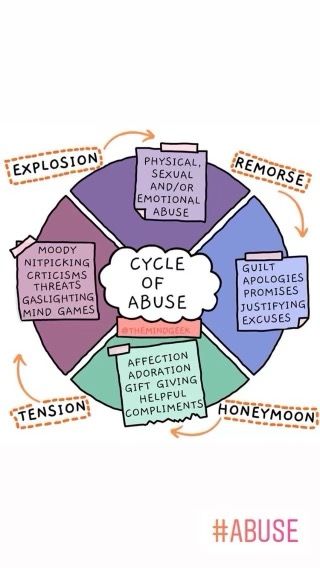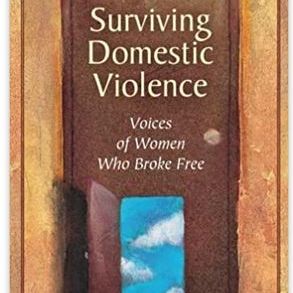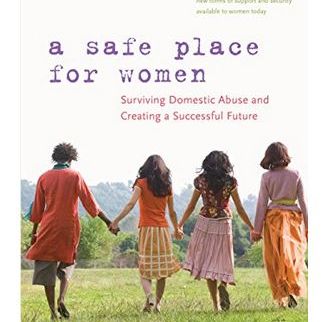Statistics Reporting from the National Coalition Against Domestic Violence
What is domestic violence?
Domestic violence is the willful intimidation, physical assault, battery, sexual assault, and/or other abusive behavior as part of a systematic pattern of power and control perpetrated by one intimate partner against another. It includes physical violence, sexual violence, threats economic, and emotional/psychological abuse. The frequency and severity of domestic violence varies dramatically.
Did you know?
In the United States, more than 10 million adults experience domestic violence annually.1
- If each of these adults experienced only once incidence of violence, an adult in the US would experience violence every three seconds. However, because domestic violence is a pattern, many experience repeated acts of abuse annually, so an incident of abuse happens far more frequently than every three seconds.
- 1 in 4 women and 1 in 10 men experience sexual violence, physical violence and/or stalking by an intimate partner during their lifetime with ‘IPV-related impact’ such as being concerned for their safety, PTSD symptoms, injury, or needing victim services.2
- Approximately 1 in 5 female victims and 1 in 20 male victims need medical care.3
Female victims sustain injuries 3x more often than male victims.4 - 1 in 5 female victims and 1 in 9 male victims need legal services.5
- 23.2% of women and 13.9% of men have experienced severe physical violence by an
intimate partner during their lifetime.6
- From 2016 through 2018 the number of intimate partner violence victimizations in the United States increased 42%.7
- On a typical day, domestic violence hotlines nationwide receive over 19,000 calls.8
- An abuser’s access to a firearm increases the risk of intimate partner violence by 400%.9
- In 2018, partner violence accounted for 20% of all violent crime.10
- Intimate partner violence is most common against women between the ages of 18-24.11
- 19% of intimate partner violence involves a weapon.12
Impact
Domestic violence is prevalent in every community, and affects all people regardless of age, socioeconomic status, sexual orientation, gender, race, religion, or nationality. Physical violence is often accompanied by emotionally abusive and controlling behavior as part of a much larger, systematic pattern of dominance and control. Domestic violence can result in physical injury, psychological trauma, and even death. The devastating consequences of domestic violence can cross generations and last a lifetime.
Sexual Assault
- 1 in 5 women and 1 in 40 men in the United States are victims of rape or attempted rape during their lifetime.13
- Nearly 1 in 5 women and 1 in 12 men have experienced contact sexual violence by an intimate partner in their lifetime.14
- From 2016 through 2018 the number of rape/sexual assault victimizations in the United States increased 146%.15
Stalking
- Stalking victimization involves a pattern of harassing or threatening tactics used by a perpetrator that causes the victim to fear for their safety or the safety of others.
- 19.1 million women and 6.4 million men in the United States have been stalked.16
- 66.2% of female stalking victims reported stalking by a current or former intimate partner.17
- 1 in 10 women and 1 in 50 men have experienced stalking by an intimate partner during their lifetime.18
Homicide
- 1 in 2 female murder victims and 1 in 13male murder victims are killed by intimate partners.19
- A study of intimate partner homicides found 20% of victims were family members or friends of the abused partner, neighbors, persons who intervened, law enforcement responders, or bystanders.20
•65% of all murder-suicides are perpetrated by intimate partners.21 - 96% of murder-suicide victims are female.22
- Most intimate partner homicides are committed with firearms.23
- Abusers’ access to firearms increases the risk of intimate partner violence at least five-fold. When firearms have been used in the most severe abuse incident, the risk increases 41-fold.24
- While the overall rate of intimate partner has decreased, intimate partner violence has increased in recent years, driven by an increase in intimate partner violence committed with a firearm.25
Physical & Mental Effects
- Victims of intimate partner violence are at increased risk of contracting HIV or other STD’s due to forced intercourse and/or prolonged exposure to stress. 26
- Intimate partner victimization is correlated with a higher rate of depression and suicidal behavior.27
- Only 34% of people who are injured by intimate partners receive medical care for their injuries.28
Economic Effects
- Victims of intimate partner violence lose a total of 8,000,000 days of paid work each year, the equivalent of 32,000 full-time jobs.29
- Intimate partner violence is estimated to cost the US economy between $5.8 billion and $12.6 billion annually, up to 0.125% of the national gross domestic product.30
- Between 21-60% of victims of intimate partner violence lose their jobs due to reasons stemming from the abuse.31
- Between 2003 and 2008, 142 women were murdered in their workplace by former or current intimate partners. This amounts to 22% of workplace homicides among women.32
If you are in crisis, contact The National Domestic Violence Hotline at 1-800-799-SAFE (7233) or www.TheHotline.org.







